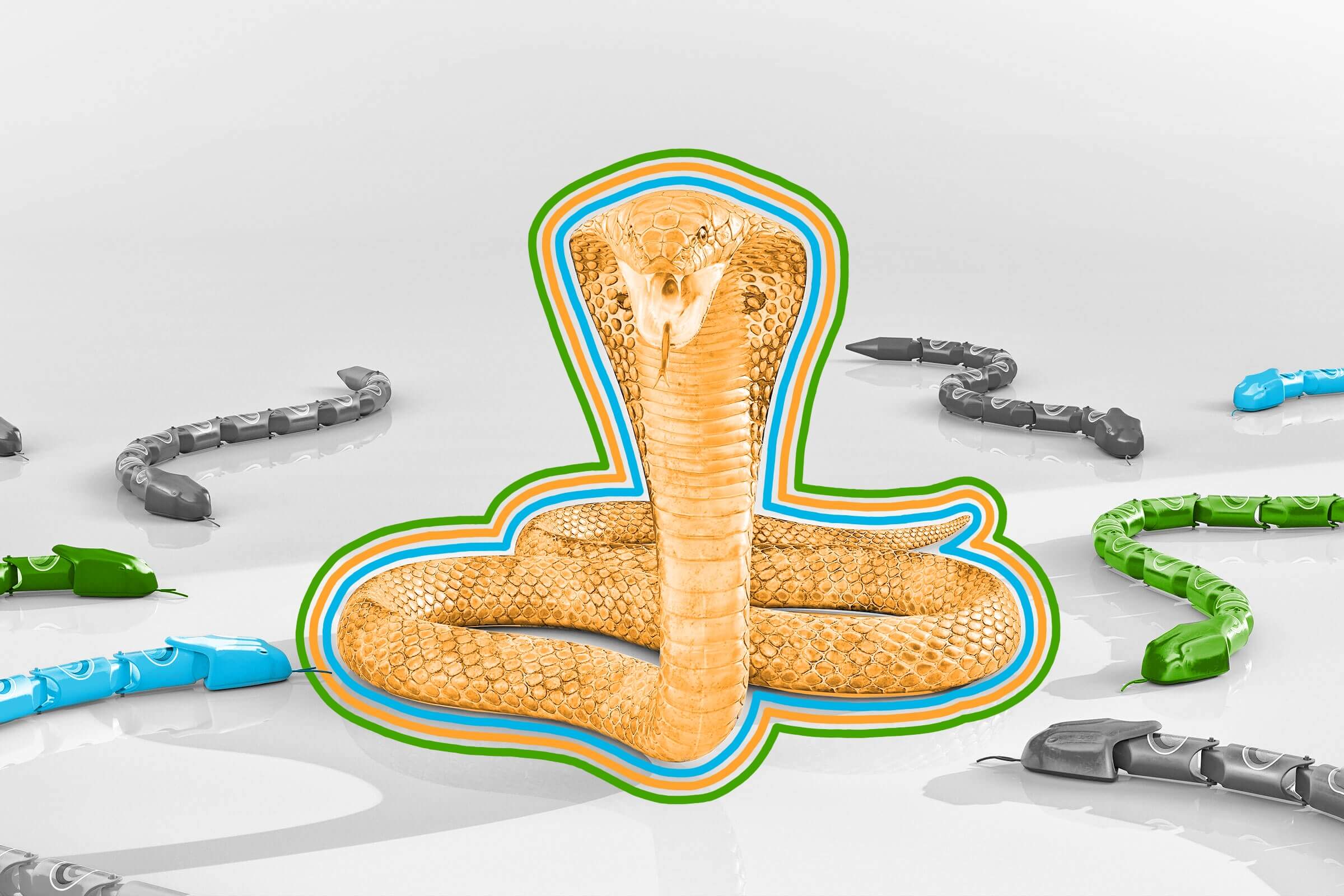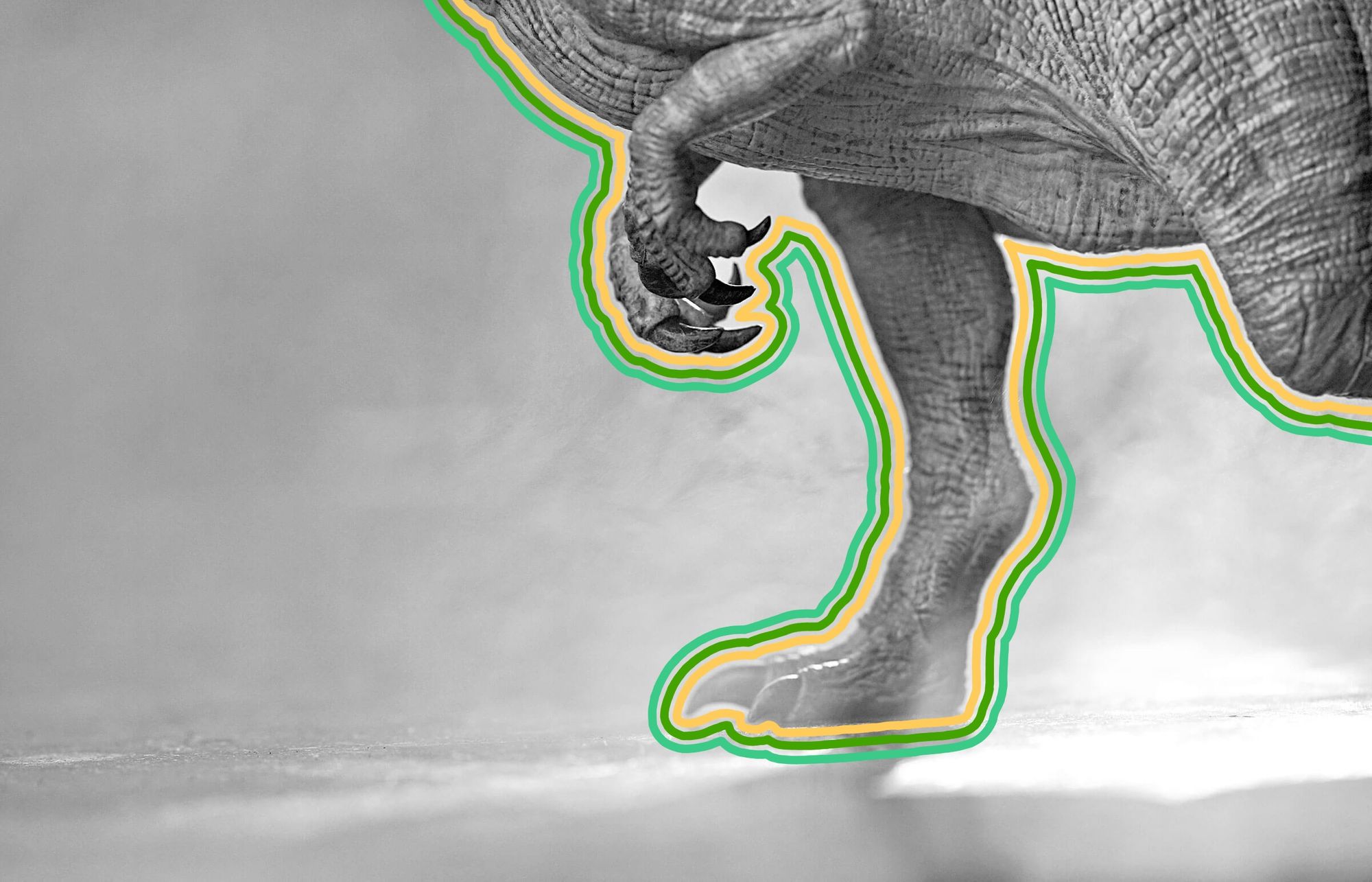
There are no snakes in Ireland.
For the estimated 30% of Americans with ophidiophobia (fear of snakes) — one of the world’s most common phobias — Ireland may seem like heaven on Earth. That’s because throughout its entire modern history, the Emerald Isle has been home to precisely zero snake species. Although one of the nation’s most popular legends tells of St. Patrick driving serpents from the island in the fifth century CE, snakes haven’t slithered along Ireland’s soil since at least before the last ice age.
Ireland’s geological history makes it perfectly inhospitable for snakes. During the last ice age, the northern latitudes of the British Isles were just too cold for ectotherms (animals dependent on the sun to warm their bodies), so these creatures migrated south. As the ice age receded, glaciers retreated to the poles, and water levels rose; the land bridge to Ireland became submerged around 8,500 years ago, whereas the land bridge to England stuck around for 2,000 more years, allowing snakes more time to migrate north as the planet warmed. This is why England has endemic snakes, while Ireland does not. (New Zealand and Iceland lack snakes for similar reasons.)
However, this doesn’t mean you won’t run into any snakes in Ireland. While the island has no endemic snake species, it isn’t illegal to have one as a pet (like it is in Hawaii) — in fact, pet snakes were seen as a status symbol in Ireland during the 1990s. With many people setting their pet snakes free during the economic recession around 2008, it’s possible a few populations of snakes are slithering about, though not nearly in large enough numbers to threaten Ireland’s ecosystem or its residents.
Have you ever seen a snake flick its forked tongue? Scientists — going back to ancient Greece — have theorized a variety of reasons for why snakes perform this strange tongue dance, hypothesizing about its role in enhanced taste, grooming, or fly-catching. Turns out, it’s none of these things — snakes actually use their tongues to smell. Snakes have limited hearing and eyesight compared to humans, but make up for it with an incredible sense of smell. Although they do detect scent through their nostrils, they can also use a pair of vomeronasal organs located at the roof of their mouth to follow smells. A snake flicks its forked tongue to create eddies of odor particles in the air, then transports them back to its mouth with its tongue tips, delivering scent to each organ. This allows the snake to not only smell its surroundings, but also discern in what direction a certain smell is strongest. Some scientists have described this process as “smelling in stereo.” When a snake is on the move, especially when hunting, it’ll flick its tongue once per second (or more) to stay on the trail of its prey.

